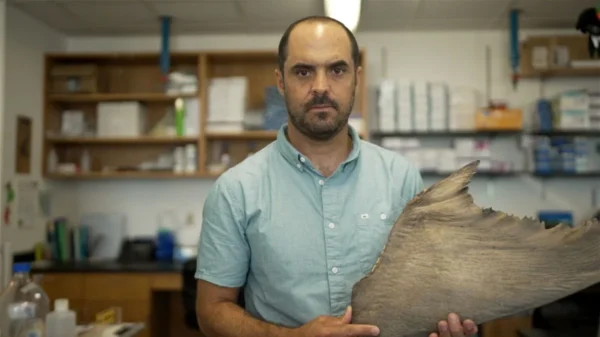In a world where biodiversity is under constant threat, conservationists and wildlife warriors are working tirelessly to protect endangered species from extinction. From innovative technology to community-driven initiatives, the latest conservation projects are making a significant impact. In this article, we’ll explore some of these remarkable efforts to safeguard our planet’s most vulnerable wildlife.
- The Power of Technology
Advancements in technology have transformed conservation efforts. Drones equipped with cameras and sensors help monitor wildlife populations and detect illegal poaching activities. GPS tracking devices allow researchers to study animal behavior and migration patterns, enabling more informed conservation decisions. These technological innovations provide crucial data to protect endangered species effectively.
- Community-Based Conservation
Engaging local communities is essential for successful conservation. Conservation projects that involve and empower local people often yield better results. By providing incentives, education, and alternative livelihoods, these initiatives not only protect wildlife but also improve the well-being of communities living alongside endangered species.
- Habitat Restoration
Preserving natural habitats is fundamental to wildlife conservation. Many projects focus on restoring and protecting critical ecosystems, such as rainforests, wetlands, and coral reefs. These efforts ensure that endangered species have a safe and thriving environment in which to thrive.
- Breeding and Reintroduction Programs
Breeding programs for endangered species, like pandas and rhinos, have successfully increased their populations. Once populations are stable, animals are reintroduced into the wild, contributing to the recovery of their species. These programs are critical for ensuring the long-term survival of endangered animals.
- Anti-Poaching Initiatives
Poaching remains a significant threat to many endangered species, including elephants, rhinos, and tigers. Anti-poaching projects employ rangers, use tracking technology, and collaborate with law enforcement agencies to combat illegal wildlife trade and protect these majestic creatures.
- Education and Advocacy
Raising awareness and advocating for endangered species’ protection is essential. Conservation organizations and activists work tirelessly to educate the public about the importance of wildlife conservation and encourage responsible behavior. This support is crucial for garnering public and political support for conservation efforts.
Conclusion
Wildlife warriors around the world are making a difference through their dedication and innovation. From harnessing technology to involving local communities, these conservation projects are providing hope for endangered species on the brink of extinction. By supporting these efforts and staying informed about their progress, we can all play a role in ensuring a brighter future for the planet’s most vulnerable wildlife.




































